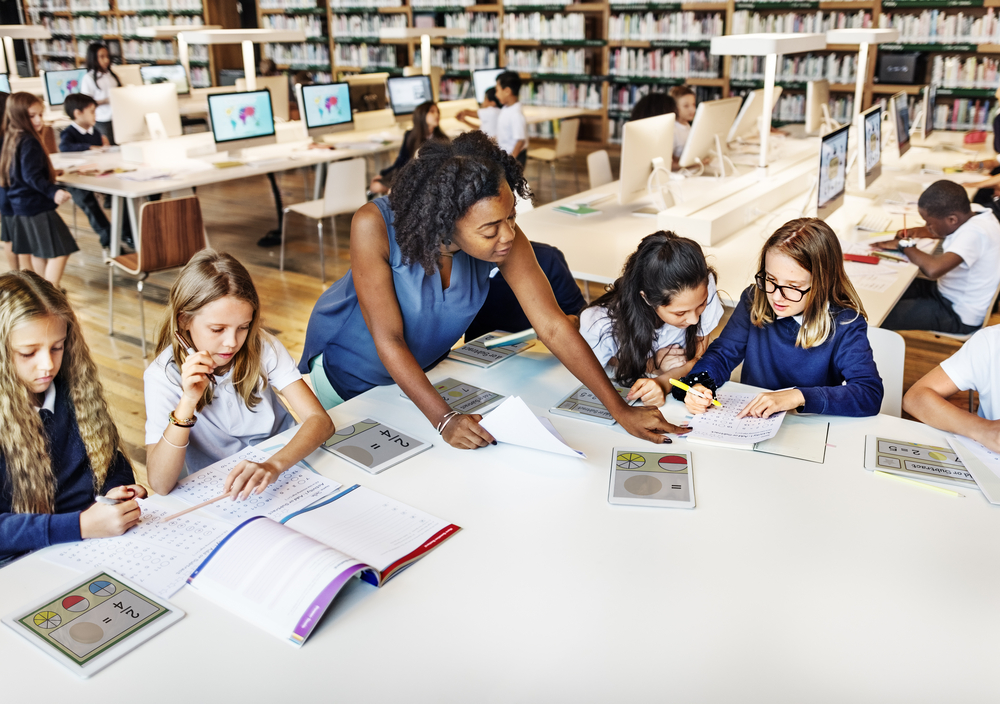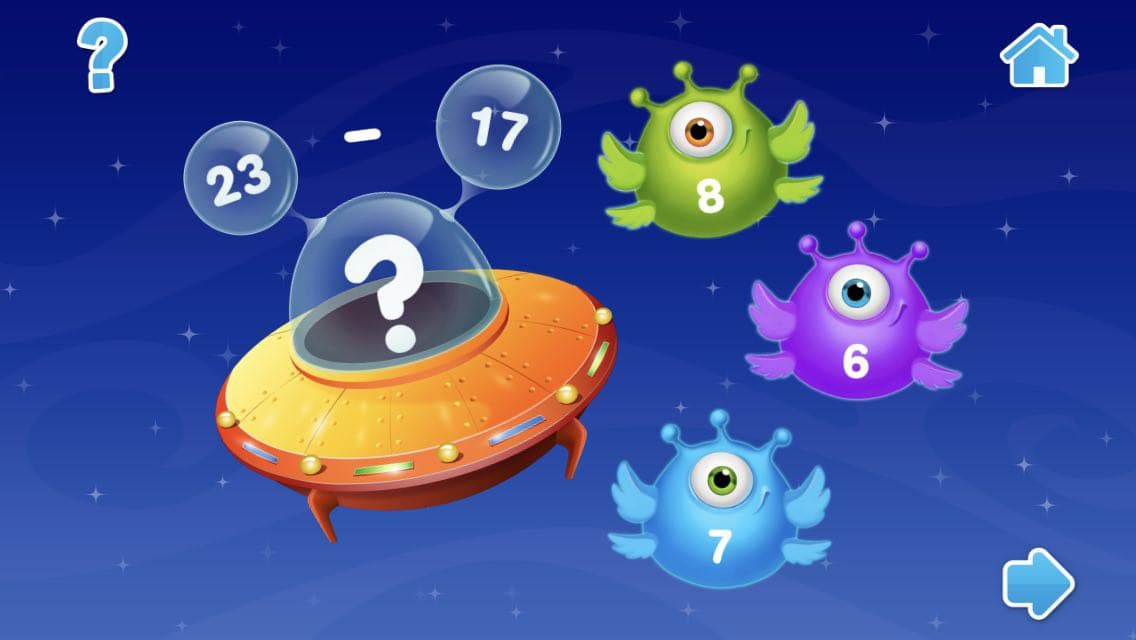Mobile Apps for Blended Learning Success
July 31, 2019
The nature of teaching has changed a lot over the past decade! Slowly but surely, advanced technology that fundamentally changes the way educators manage their classrooms continues to redefine the profession, transforming formerly teacher-centered classrooms into engaging student-centered learning spaces.
With technology advancing with each passing year, this educational shift is more than welcome as teachers find themselves working with tech-savvy students who have never known a life without the internet or smartphones. It’s undeniable that new technology serves to better connect educators with students for a learning experience vastly different than methods used in the past.

All that said, it might be easy to assume that school districts across the nation have similar access to new programs and school apps for kids. In a perfect world, that would absolutely be the case. However, as an educator, you probably also know that schools and their resources can vary immensely by location, state, demographics, and by many more factors that are too long to list. Here at Kids Academy, we’ve already talked about the merits of blended learning and integrating new technology into lesson plans. So, the question now is this: how can a seasoned educator make blended working work no matter the technology available on their campus?
The answer lies behind having a quality cloud-based learning management system, or “LMS”, in place to connect students, instructors, and their lessons regardless of the materials available on campus. Let’s dig deeper into blended learning apps that include LMS capability and how it might benefit your classroom!
Talented and Gifted Program for blended learning
If your district has not adopted an all-encompassing LMS, or if the one your district has is not useful for early childhood, another viable option is to use mobile apps for blended learning that includes an LMS right in the software of the program. That means you can have the data and analytics you need at your fingertips combined with your favorite mobile technology!
Talented and Gifted Program, apart from existing as an app for student use that includes games, videos, assessments, and worksheets, it also offers a special login for teachers. As an educator, you can enroll your classes and individual students to assign various tasks, while the learning app assesses progress and shows you the data that can be broken down in a variety of ways. For instance, progress by class or individual can be compared and tracked over time.
Teachers can also differentiate skills to allow students to work at their own pace, offering options for reteaching if necessary. That means that one lesson can be given to one child in a class, while another task can be assigned for a student who has different needs. For kids, the login process is simplified, and an easy-to-use interface allows kids to work through the app as the instructor assigns.
The beginning of the school year is the best time to try something new! Use Talented and Gifted app in your classroom to engage kids with exciting interactive games, videos, worksheets, and more. Sign up today to try it for free!

How to integrate blended learning with mobile apps regardless of resources
By now, you may have been required by your district or school to attend training for blended learning resources available on your campus. Or perhaps your area has not yet jumped on the blended learning bandwagon. Because schools vary by city, region, and state, the reality is that teachers all over the country have different experiences ranging from nonexistent technology to a fully immersed experience.
Let’s take a look at common scenarios found all over the US and how to work in a program like the Kids Academy Talented and Gifted app no matter your individual situation at your school:
1:1 computing
Does your district give each student an iPad or Chromebook of his or her own to keep? If not, you might have enviously heard of such programs that allow for such an experience. While not the most popular choice in education due to the high cost for many large areas, many schools do have such a system in place to furnish kids with technology to ensure blended learning success both on campus and at home.
In this case, integrating a mobile app with an LMS is easy work because students already have the technology needed to access the program during lessons and for homework. If your district already has a 1:1 program in place, it’s as simple as signing up for the app and enrolling your students to get started!
In-class carts or partial class sets
Many districts are opting to save money by issuing each teacher a class set or partial class set of iPads or Chromebooks to use in the classroom for blended learning. In this case, a charging cart remains in the room for students to use throughout the day and locked when not in use. If this is the case in your school, be sure to have your campus IT tech download the mobile apps of your choice if you choose to use them in lessons or during center time. Don’t forget to model appropriate care for devices, as well as demonstrating app use early in the year to familiarize students with your chosen programs.
No in-class sets, and variable access to carts
Unfortunately, some school districts just don’t have the funding to allow constant in-class access to the hardware needed to implement blended learning in mobile technology. These districts are not able to facilitate 1:1 learning, nor do they offer the instructor any set number of laptops or tablets to use during lessons. If this sounds like your campus, don’t worry! There are still options available to you depending on your school’s unique situation:
Access to computer labs or carts
It might be possible that your campus allows teachers to check out a computer lab, library computers, or iPad carts that can be wheeled into your classroom to use during a blended learning session. Check with your principal or technology coordinator to understand the policies for checking out time with technology and plan your lessons well in advance. Another idea is to possibly check out equipment for a lesson that teaches students how to use your preferred mobile apps and LMS at home, or reserve devices for only the days you need to integrate those programs in class.
BYOD, or bring your own device
You’re probably already aware that BYOD stands for “bring your own device”. This option may be tough depending on the area your district serves, and especially for younger elementary students who do not yet carry their own smartphones. Still, BYOD might prove successful for older elementary and middle school students who can bring their own device to connect to your mobile apps in class.
In-class modeling for out-of-class assignments
Finally, if your campus lacks access to mobile devices, it still might be possible to demonstrate the intended programs on your own devices, and project your screen using a document camera to show students how to login and complete assignments. This way, students may still have an option to complete tasks at home with the guidance of a parent. Feel free to demonstrate for parents during open house and make your expectations for app use clear for all involved.
As you can see, mobile apps that include LMS technology are revolutionizing the way educators teach, transforming the classroom into a supportive student-centered environment. An app like the Talented and Gifted program can make your lesson planning and grading much easier, giving you solid educational content, while giving you more ways to monitor kids and provide feedback.










